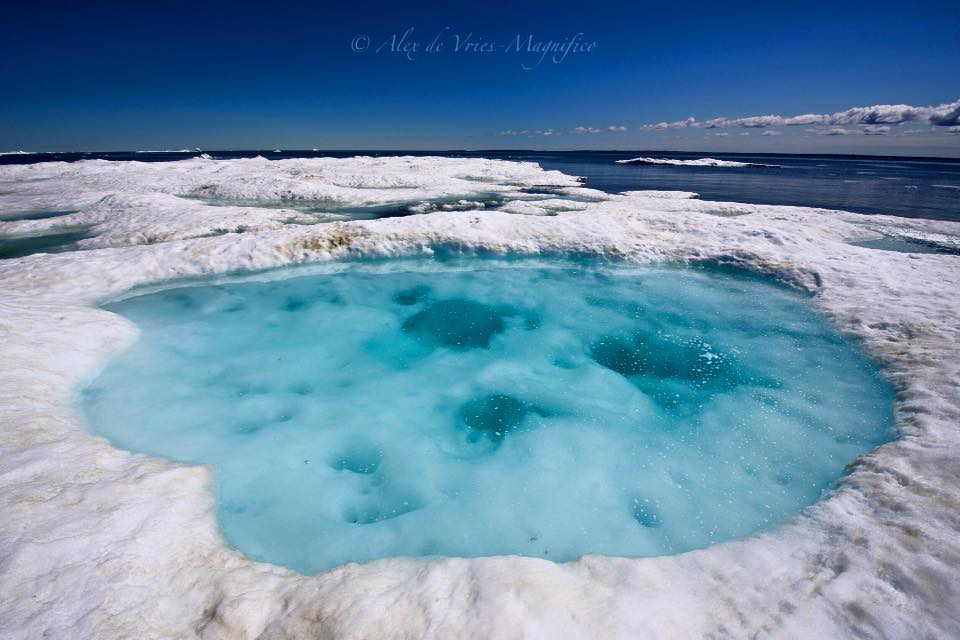Russia Bridging “Ice Breaker” Gap
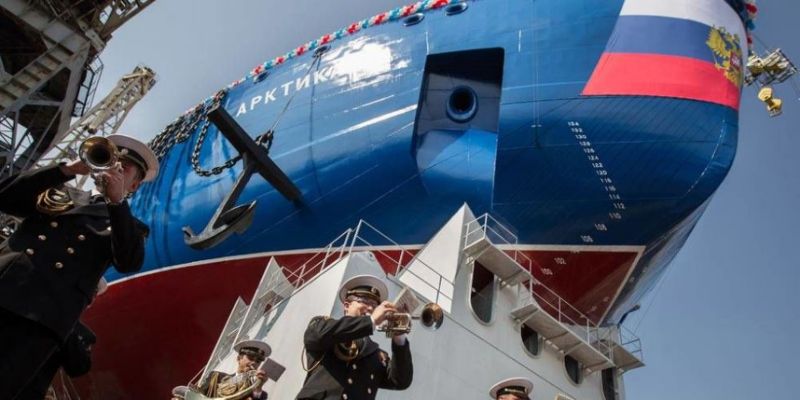
Russian icebreaker Arktika unveiled last week in Russia. Nikita Greydin/Courtesy of Baltic Shipyard photo.
Russia launched its biggest nuclear ice breaker to date last week in St. Petersburg. The 567-foot, 33,500-ton Arktika comes as Russia has plans to expand shipping routes and overall presence in the Arctic region.
Arktika is the first of a new class of ships known as Type LK-60YA, The long – term plan is for three vessels all commissioned by Russian state nuclear agency Rosatom. Utilizing 80,000 hp (60 megawatts) to crush ice, Arktika will be able to break through thirteen feet thick sea – ice and forge shipping routes in the high Arctic. This will allow container shipping along northern routes that otherwise would be impassable. The ensuing two sister ships will be, Siberia and Urals and will be built in 2018 and 2020.
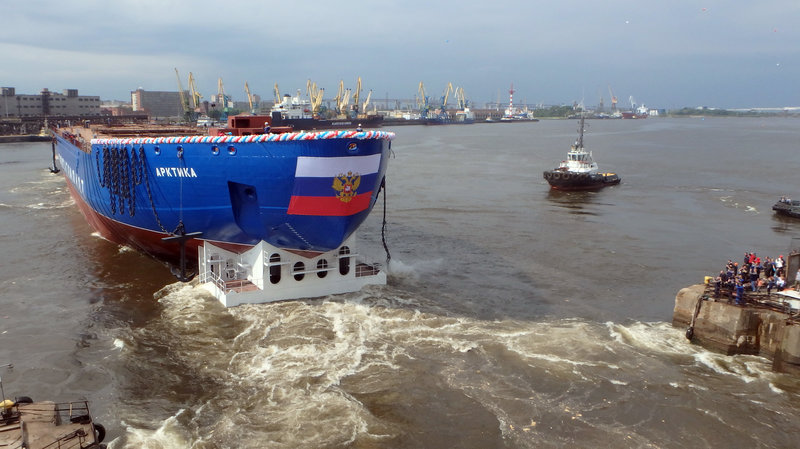
Launching of the Russian icebreaker Arktika in St. Petersburg last Thursday. Evgeny Uvarov/Ap photo.
“There are no icebreakers equivalent to Arktika anywhere in the world,” Rosatom CEO Sergey Kirienkoy. “The icebreaker Arktika means real new opportunities for our country.”
Russian President Vladimir Putin maintains that the Northern Sea Route could be a better trade route than the Suez canal for world trade, The new icebreakers will play an important role in facilitating this expansion via the shorter distance to Asia and Europe while forging a consistent new route through the Arctic.
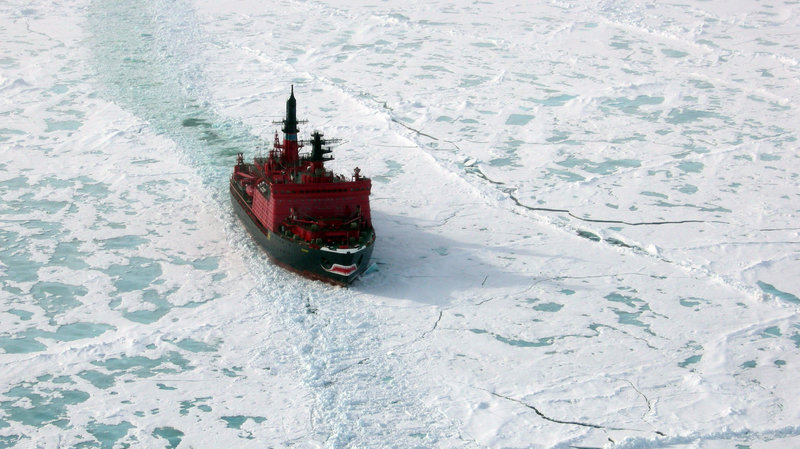
Russian nuclear powered Yamal in the Arctic 2007. Getty Images photo.
Russia currently has six nuclear icebreakers in operation as well as more than 30 diesel vessels while the United States has three Coast Guard operated icebreakers which are non-nuclear. The US vessels command only a quarter of the power that the Arktika has. This overall disparity has some officials concerned that Russia is primed for gaining a huge advantage in Arctic shipping and also the exploration for gas and oil deposits in the seabed.
“We’re not even in the same league as Russia right now,” stated Coast Guard Commandant Paul F. Zukunft in 2015.
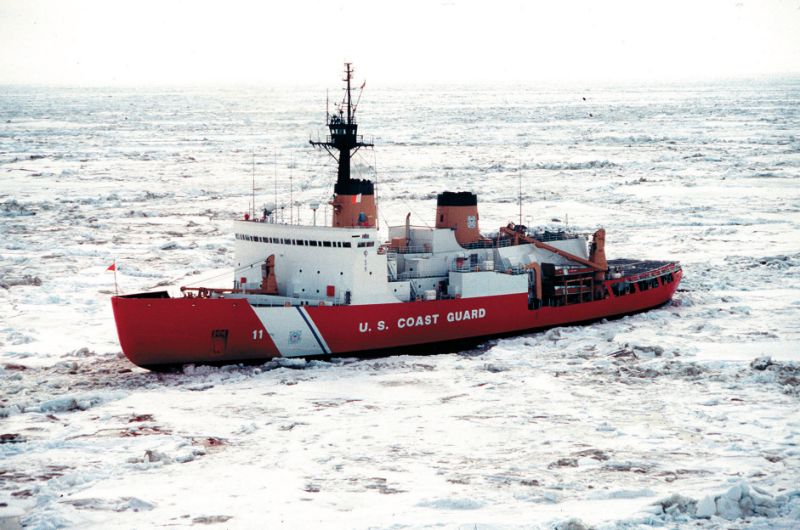
Coast guard icebreaker in the Arctic. US Coast guard photo.
The Obama administration is pressuring congress to approve construction of another Coast Guard icebreaker by 2020. Coast Guard has made it clear that the country needs to step up its fleet, “to ensure continued access to both polar regions and support the country’s economic, commercial, maritime and national security needs.” These needs come at a hefty price of roughly a billion dollars per ship.
Currently only five countries stake claim to the Arctic’s lands and waters: Russia, Norway, Canada, United States and Denmark.


